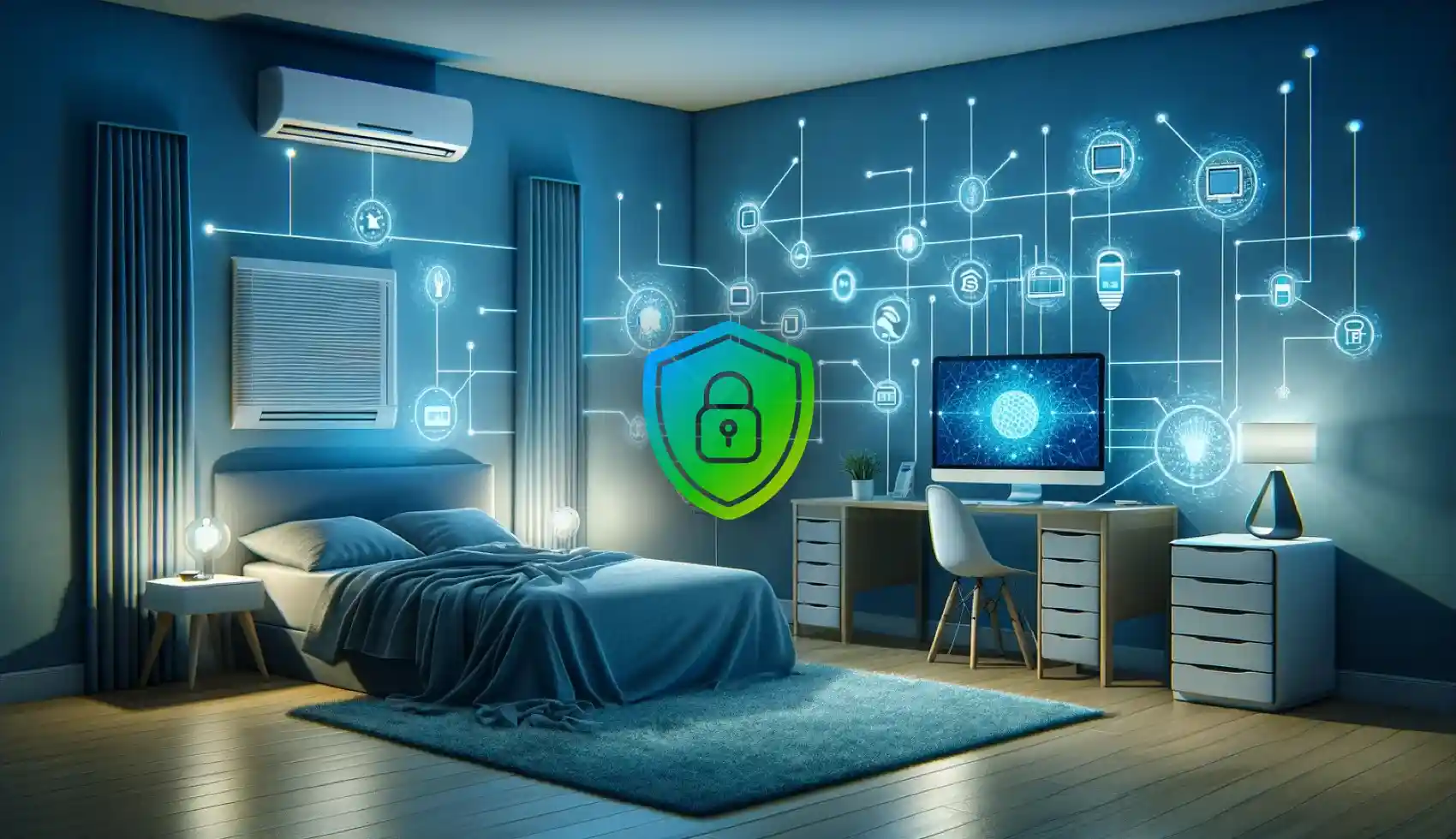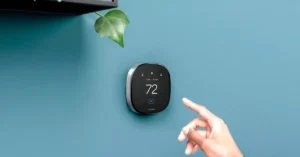The Hidden Risk in Smart Homes
Smart homes bring convenience, safety, and efficiency, but they also introduce new vulnerabilities. Every connected lock, camera, or thermostat is a potential entry point for hackers. In 2025, with more than 75 billion IoT devices worldwide, homeowners must recognize that cybersecurity is just as important as physical security.
Cybercriminals don’t just target corporations anymore; they target homeowners. From spying through hacked cameras to stealing Wi-Fi credentials, the risks are real. Fortunately, with the right tools and strategies, homeowners can keep their networks and smart devices safe.
What Is Home Cybersecurity? (Quick Answer)
Home cybersecurity is the practice of protecting connected devices, Wi-Fi networks, and personal data from digital threats such as hacking, malware, and identity theft.
It includes:
- Securing Wi-Fi networks with strong encryption.
- Protecting IoT devices like smart locks, cameras, and thermostats.
- Using firewalls, VPNs, and antivirus software.
- Regularly updating device firmware.
Why Cybersecurity Is Critical for Smart Homes
Traditional locks keep burglars out, but without cybersecurity, hackers can walk in digitally. Risks include:
- Unauthorized access to cameras/mics: Hackers spying on households.
- Device hijacking: Taking control of smart locks or alarms.
- Data theft: Stealing banking info or identity details via Wi-Fi breaches.
- Botnets: Hackers using smart devices to launch wider cyberattacks.
According to Verizon’s 2024 Cybersecurity Report, 1 in 5 smart home devices is vulnerable to hacking without proper protection.
Common Threats to Home Networks
1. Wi-Fi Hacking
- Weak or default passwords make routers easy targets.
- Hackers can gain access to all connected devices.
2. Device Exploits
- Outdated firmware creates vulnerabilities.
- Cheap devices without proper security features are high-risk.
3. Phishing Attacks
- Fake emails or texts trick homeowners into sharing credentials.
4. Ransomware & Malware
- Malicious software locks homeowners out of their devices until a ransom is paid.
Essential Cybersecurity Practices for Homeowners
1. Secure Your Router
- Change default usernames/passwords.
- Enable WPA3 encryption.
- Regularly update firmware.
2. Use Firewalls & VPNs
- Firewalls block unauthorized traffic.
- VPNs encrypt internet traffic, preventing spying.
3. Device Management
- Buy from trusted brands with strong security reputations.
- Regularly update smart devices.
- Disable unnecessary features (like remote access) if not used.
4. Strong Passwords & Authentication
- Use unique, complex passwords for each device.
- Enable two-factor authentication (2FA) where available.
5. Monitor for Threats
- Use apps that scan networks for vulnerable devices.
- Consider smart home cybersecurity subscriptions from brands like Bitdefender or Norton.
Insurance & Cybersecurity: A New Frontier
In 2025, many insurers now offer cyber insurance riders for homeowners. These policies cover:
- Identity theft recovery.
- Ransomware payments.
- Financial loss from cyberattacks.
- Data restoration services.
Average cost: $75–$200 per year as an add-on to homeowners’ insurance. For smart homeowners, this is becoming as important as flood or earthquake coverage.
Best Cybersecurity Tools for Smart Homes in 2025
- Bitdefender Box 3: Smart home firewall and intrusion prevention.
- Norton Core Security Router: Wi-Fi router with built-in cybersecurity.
- Trend Micro Home Network Security: Monitors all connected devices.
- Eero Secure+ (Amazon): Mesh Wi-Fi with VPN, malware, and ad blocking.
Real-World Examples
- Hacked Baby Monitor (2019, still relevant): A hacker accessed a family’s camera, speaking to their child. Incidents like this highlight ongoing risks.
- Smart Lock Breach: Researchers in 2024 found vulnerabilities in several budget smart locks, allowing hackers to bypass them in seconds.
- IoT Botnet Attack: In 2023, millions of smart devices were hijacked in a global attack, showing how unprotected homes can become tools for larger crimes.
Challenges & Limitations
- Cost: Premium security routers and subscriptions can add up.
- User effort: Requires awareness and regular updates.
- Complexity: Non-technical homeowners may find the setup confusing.
- False sense of security: Owning security tools doesn’t help if best practices aren’t followed.
Tips for Protecting Smart Homes in 2025
- Always change default credentials on new devices.
- Buy only from brands with clear security policies.
- Segment smart devices on a separate Wi-Fi network.
- Use cybersecurity insurance for financial protection.
- Teach all family members to spot phishing attempts.
Key Takeaways
- Smart homes increase the risk of digital threats like hacking, spying, and identity theft.
- Cybersecurity includes securing Wi-Fi, updating devices, and using firewalls/VPNs.
- Insurers now offer affordable cyber insurance for homeowners.
- Investing in trusted brands and proactive monitoring prevents most attacks.
- Protecting your digital front door is just as important as locking the physical one.




